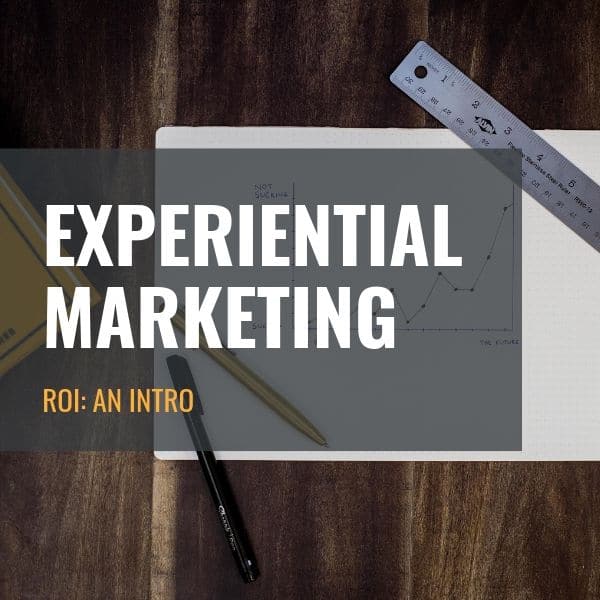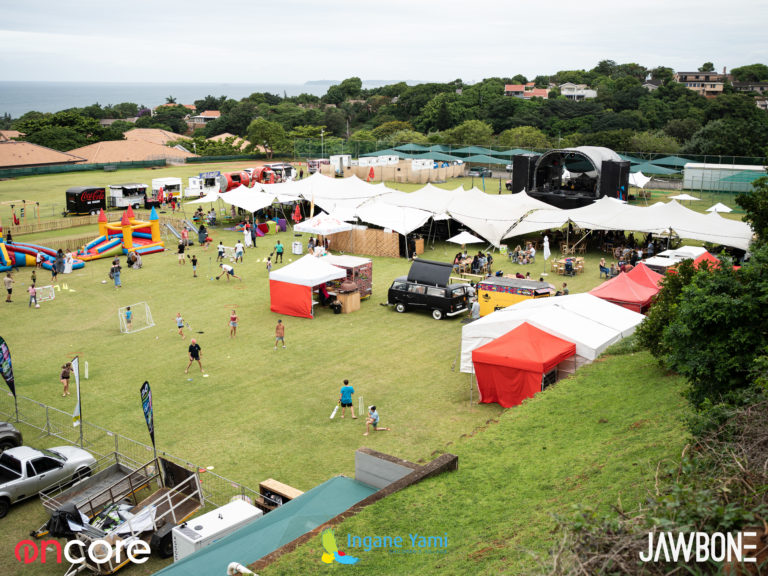]We’ve heard it before and we are well aware that the experiential marketing space is on the rise, in fact some have gone on to say that it could be the next best thing. At its core it helps to increase brand awareness, often makes a direct link with a product which then, in turn, improves recall.
Experiential marketing can be powerful as a tool to attract, engage and convert your customers (as long as you’ve got a watertight strategy in place, of course). It’s an emotional investment that can help your brand foster longer lasting relationships with your brand. Remember although closely linked with event marketing, experiential is still unique.
EXPERIENTIAL MARKETING MEASUREMENT: SOCIAL & DIGITAL TIE-BACKS
Experiential marketing is a great way to humanise your brand and leave people with lasting, positive brand impressions. Need some inspo? Here’s a quick review of 5 examples of experiential marketing that worked, and the reasons why. Something you may find in common is that even though these experiences are real life and in person, you need to marry them with social content to amplify your efforts across channels. Think about like this; an experiential marketing campaign can help you capture a customer’s attention, but it’s up to you to then utilise their attention to convert it into sales and build long-term relationships.
SO HOW IS ROI TRACKED WITH EXPERIENTIAL MARKETING?
Identify your KPIs and think about how you’re going to measure those goals and outcomes. Also consider that the tactic of experiential marketing is hugely effective in creating an immersive experience for a key crowd. But here’s where the real difference can be made – planning upfront how you’ll facilitate scaling the engagement you get on the ground. This can be done through carefully considered advertising that’ll accompany it, along with calculated social distribution. Imagine the impact a small but very well-planned experiential marketing event can have if it creates impetus for what could become at-scale advertising that reaches the masses. In essence, when you’re thinking about or planning an experiential marketing campaign, don’t think about scale in a conventional way. Consider so much more than the size of the crowd. Think about how every element can come together to add momentum to your overall brand and marketing objectives.
So, what does the research say? This helpful article unpacked the efficacy of experiential: Research conducted by McKinsey shows that word-of-mouth recommendations drive 20% to 50% of all purchase decisions, and experiential word-of-mouth recommendations account for 50% to 80% of all those recommendations.
EXPERIENTIAL MARKETING: ROI ON SOCIAL
Consider that, often, your experiential marketing event will be a once-off effort and that attaching it to more ongoing, longer-term ad strategies can really help create symbiosis across your marketing efforts:
• Participation: What we mean here is try and keep track of how people attended or interacted with what you offered.
• Social impressions: If you incorporate a hashtag into your event and ask people to use it as part of their way of interacting. Then you can also use tools like analytics to track site visits and use of hashtags to give further insight.
• Shared (and shareable) content: Imagine something like a live photobooth that allows people to capture, and immediately share content. This is closely linked to impressions but it’s up to you to set up an environment to allow this to happen, and then measure.
• Data: If you want to set up new email lists and plan some ongoing ways to keep people interested, consider ways to barter their info for a product trial, competition or even admission. Big data is a big deal.
• Set up surveys and get feedback: These can be done on the spot on the day, via email or social media after the fact. First hand feedback and experiences are invaluable in understanding whether your efforts are working.
• On-site sales: Of course this doesn’t always apply but if you do have product available and you facilitate effective product trial you could end up getting your product into the hands of avid fans. And there’s no better proof of ROI than a loyal customers.
THE RIGHT MOMENTUM FOR ROI
So that’s what it comes down to. If you want to actively measure and prove your ROI there are a few things that are imperative to get right if you’re going to offer your efforts the momentum it deserves. And never underestimate the importance of engaging before, after and during. Don’t let your efforts peak during one moment, think about carrying the momentum and how you’ll implement a longer term comms strategy.
Better yet, use the data you’ve gathered (we’re referring to the bulleted list above) and see how that can inform how you communicate with, or plan whatever you’ve got up your sleeve next. Sure, we understand that there’s no exact science but we also know that setting KPIs up front can be a huge advantage. We’re here to talk about ways for you lock down your strategy and find effective ways to measure the ROI, so give the Jawbone crew a shout and let’s talk experiential marketing opportunities.





